Volkswagen charges up its new electric car: the VW e-Up
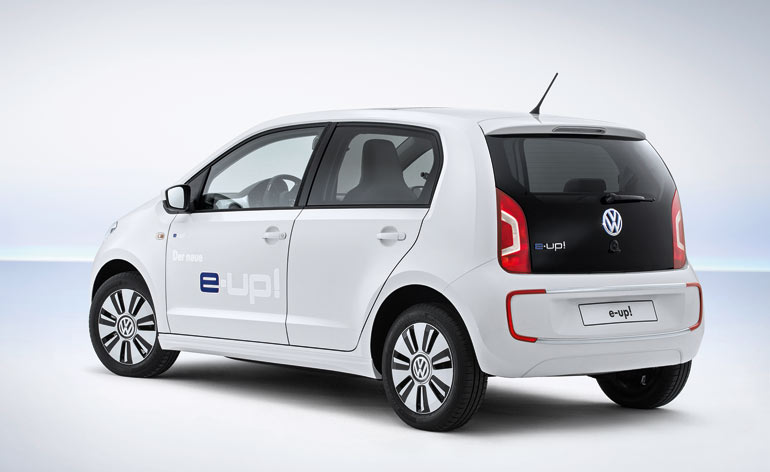
The original Volkswagen Up was conceived as the archetypal city car, designed to appeal to drivers from London to Delhi and São Paulo. Clever packaging allows for a relatively roomy cabin with space for four adults despite a tiny footprint - the e-Up! is arguably the century's quintessential urban run-around. And yes, that exclamation mark is officially part of the car's name.
With electrification leading the next chapter in mobility, an e-powered sibling was always on the cards. Rather than follow in the footsteps of BMW, Renault and Nissan - all of whom are creating electric cars from scratch - VW's e-family is based on existing models, citing lower costs and a flexible approach to market trends.
From the outset, the Up was engineered to take an electric motor. The cabin retains its space thanks to the integration of the batteries and additional elements in the vehicle floor. Bar the dials that reveal information about battery life, and the gearshift that is now home to a clever energy recovery system, the e-Up is pretty similar to the standard car.
However, driving it is an entirely different experience. Our test route around central London and along country roads and narrow lanes revealed the benefits and flaws of electric driving. On the one hand it is pleasant gliding along in silence and the e-Up feels swift (even though it does 0-62mph in 12.4 seconds).
The downside is that perpetual bugbear of electric cars: 'range anxiety'. Finding ourselves a little lost, we watched the electric dial drop further and further down the scale. In the end, we resorted to turning off the heating and easing off the accelerator in a bid to save a little battery life. For the city-centric driver, these concerns are likely to melt away once you realise how few miles you actually cover, but anyone needing to go longer distances will have to steel their nerves.
As with all electric cars, battery life depends on how you drive the car. VW's official figures for the e-Up are a range of around 75-103 miles in summer and 50-75 miles in winter. The driver has some degree of intervention through the energy recovery system and the choice of three driving modes - normal, eco and eco plus - that progressively reduce power and electrical systems on-board. A standard plug takes nine hours to fully charge the car from empty, while a supercharger takes only half an hour.
There are huge benefits to owning an electric car. There is the ecological aspect - the electricity can come from renewable sources - and although you will pay a little more for the car, running costs are significantly lower. Plus, the electric drivetrain opens endless possibilities for car design and we are beginning to see some intriguing products. What remains is to get drivers behind the wheels of the new breed of e-cars to experience the sheer joy of electrification.
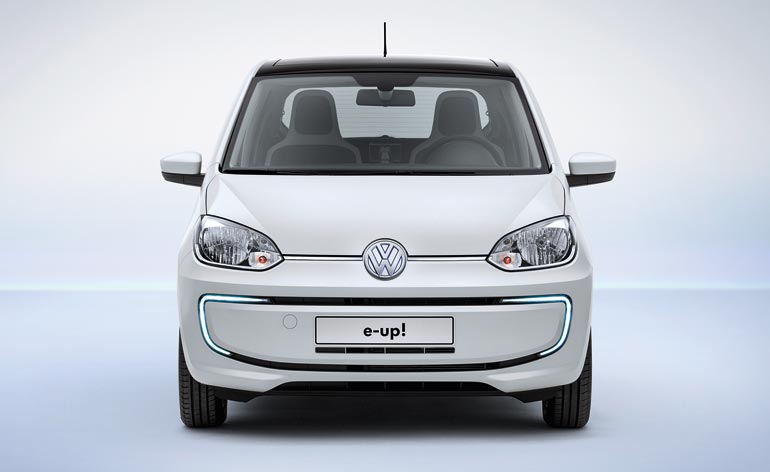
Clever packaging allows for a relatively roomy cabin with space for four adults despite a tiny footprint
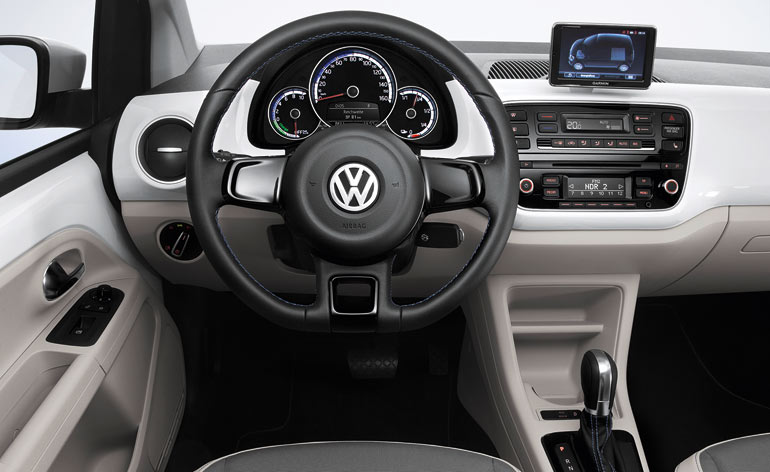
The cabin retains its space thanks to the integration of the batteries and additional elements in the vehicle floor
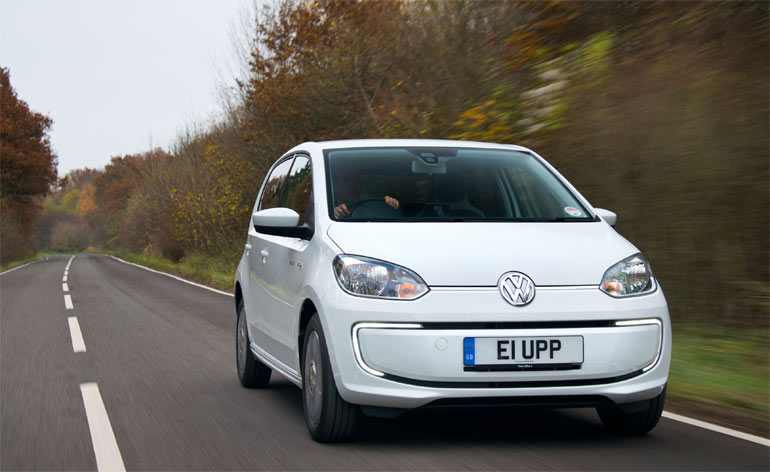
A test ride around central London and along country roads revealed the benefits of electric driving, with a smooth, silent and surprisingly swift experience
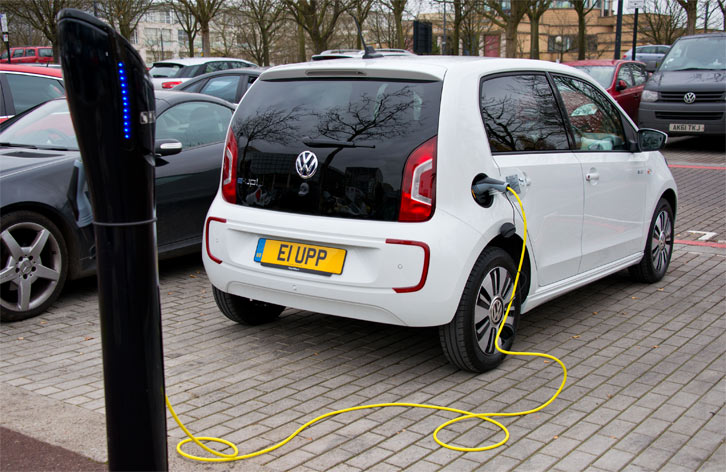
A standard plug takes nine hours to fully charge the car from empty, while a supercharger takes only half an hour
Receive our daily digest of inspiration, escapism and design stories from around the world direct to your inbox.
A writer and editor based in London, Nargess contributes to various international publications on all aspects of culture. She is editorial director on Voices, a US publication on wine, and has authored a few lifestyle books, including The Life Negroni.
-
 Exclusive: Thom Yorke and artist Stanley Donwood reminisce on 30 years of Radiohead album art
Exclusive: Thom Yorke and artist Stanley Donwood reminisce on 30 years of Radiohead album artAs the pair’s back catalogue of album sleeves, paintings, musings and more goes on show at Oxford’s Ashmolean, Radiohead singer-songwriter Yorke and his longtime collaborator Donwood talk exclusively to Wallpaper’s Craig McLean
-
 Out of office: the Wallpaper* editors’ picks of the week
Out of office: the Wallpaper* editors’ picks of the weekThis week, our editors have been privy to the latest restaurants, art, music, wellness treatments and car shows. Highlights include a germinating artwork and a cruise along the Pacific Coast Highway…
-
 An instant modern classic, the new Hyundai Inster is an all-conquering, all-electric city car
An instant modern classic, the new Hyundai Inster is an all-conquering, all-electric city carSmall EVs are making big waves as the tech continues to evolve. Hyundai shows everyone else how to do it
-
 The top 10 concept cars of 2024, as selected by Wallpaper’s Transport Editor
The top 10 concept cars of 2024, as selected by Wallpaper’s Transport EditorWe round up our favourite forays into futuristic design with this collection of concepts and design studies showcasing the transport of tomorrow
-
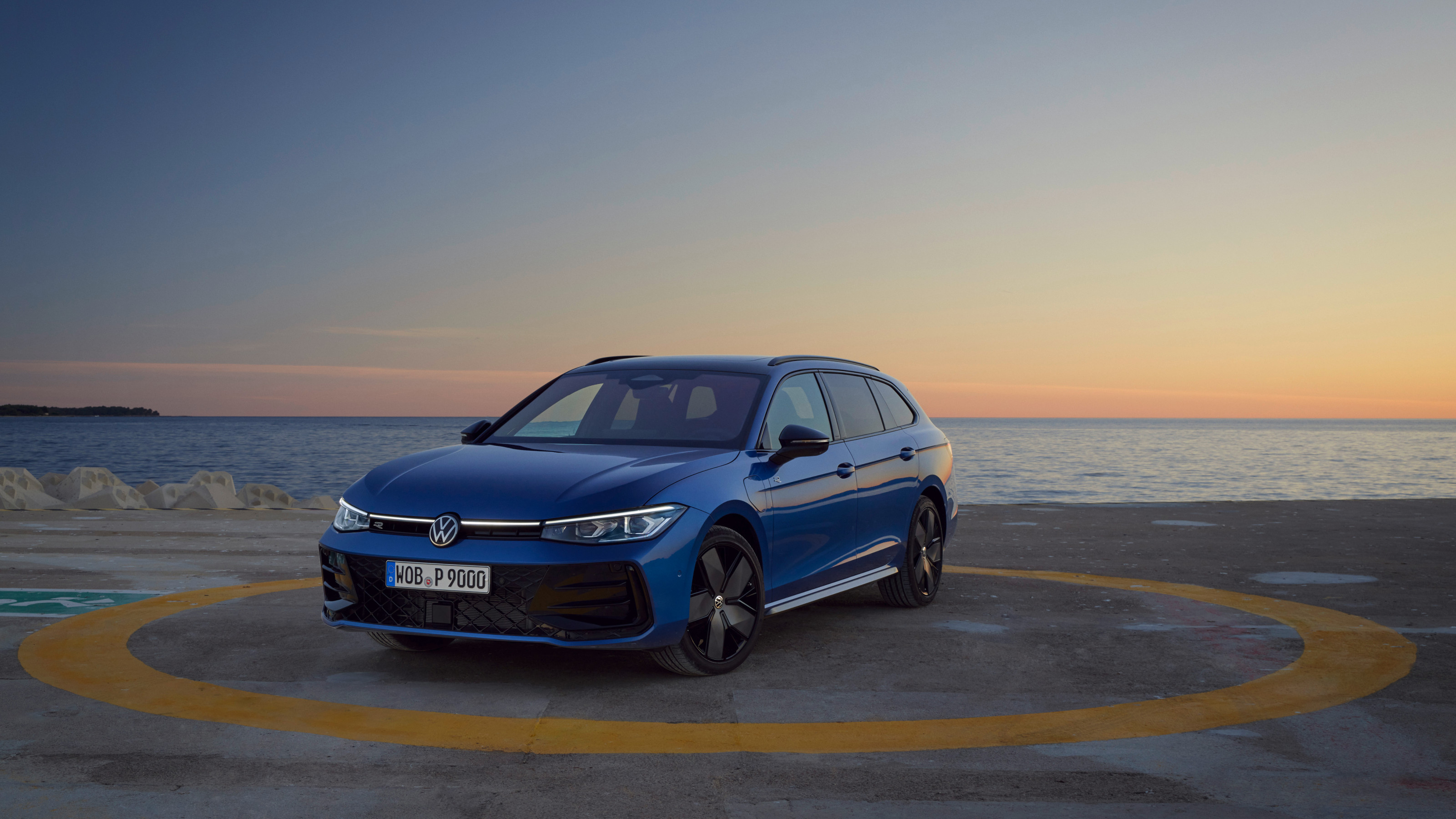 The Volkswagen Passat is a sober, straight edged estate car that feels increasingly out of time
The Volkswagen Passat is a sober, straight edged estate car that feels increasingly out of timeWhy would anyone pass on a Passat? Volkswagen’s big load lugger proves that the old ideas are still the best
-
 Volkswagen celebrates 50 years of the Golf, its most famous modern model, with a flight of fancy
Volkswagen celebrates 50 years of the Golf, its most famous modern model, with a flight of fancyWallpaper* travelled to eastern Turkey in search of the perfect backdrop to mark 50 years and eight generations of the evergreen VW Golf
-
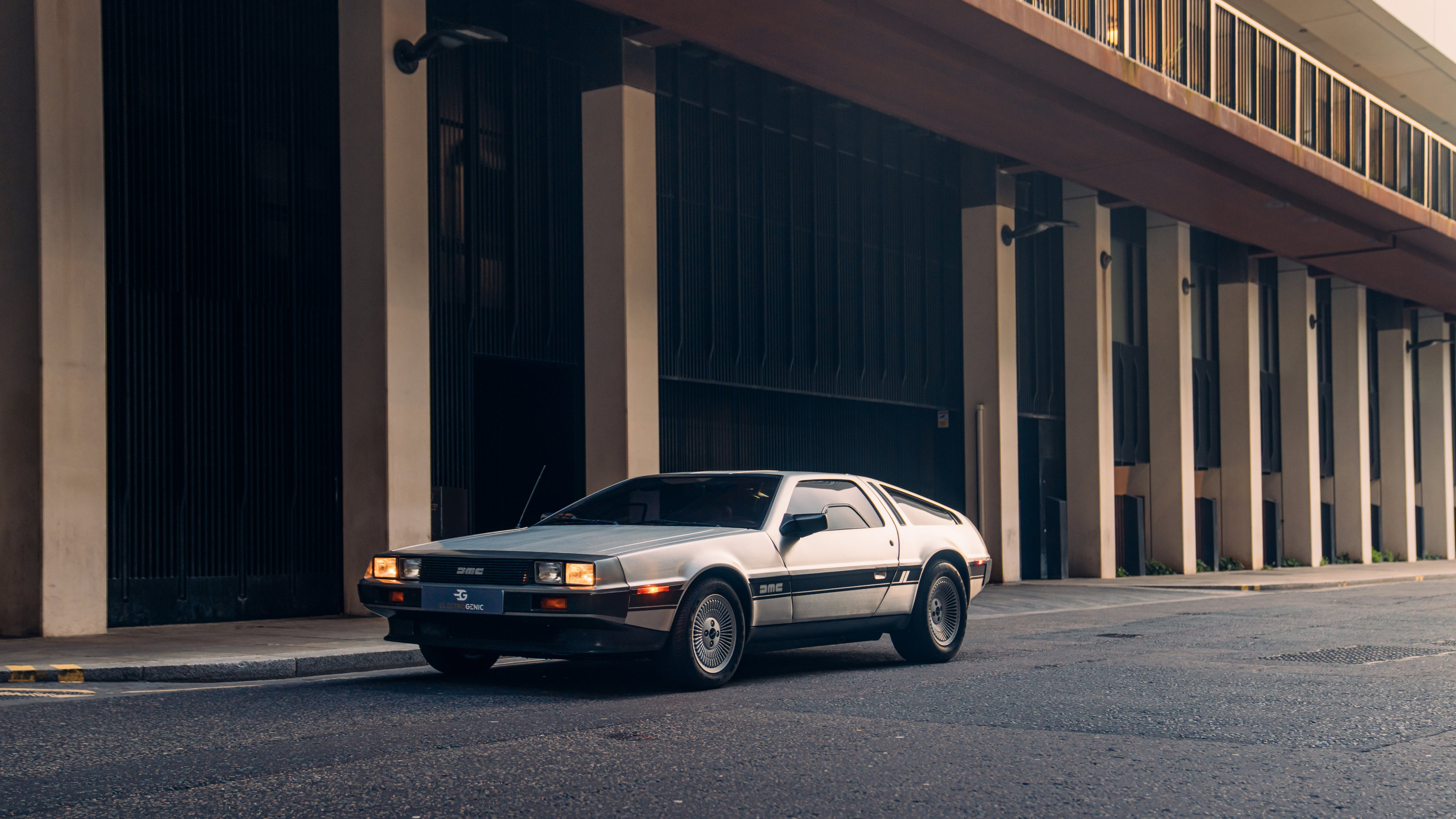 We sample the world’s first all-electric DeLorean, a stainless steel marvel for the modern age
We sample the world’s first all-electric DeLorean, a stainless steel marvel for the modern ageElectrogenic brings its brilliance with batteries and motors to bear on the iconic DeLorean DMC-12, giving this classic design the futuristic feel it deserves
-
 Bentley rolls out the latest version of its majestic grand tourer, the Continental GT Speed
Bentley rolls out the latest version of its majestic grand tourer, the Continental GT SpeedAvailable as both coupé and convertible, the fourth generation Bentley Continental GT Speed harnesses hybrid power to become a record breaker for the brand
-
 Fiat Grande Panda first look: will retro-seeking lightning strike twice?
Fiat Grande Panda first look: will retro-seeking lightning strike twice?This is the new Fiat Grande Panda, a compact hybrid and electric car that brings delightful design back to a well-loved model
-
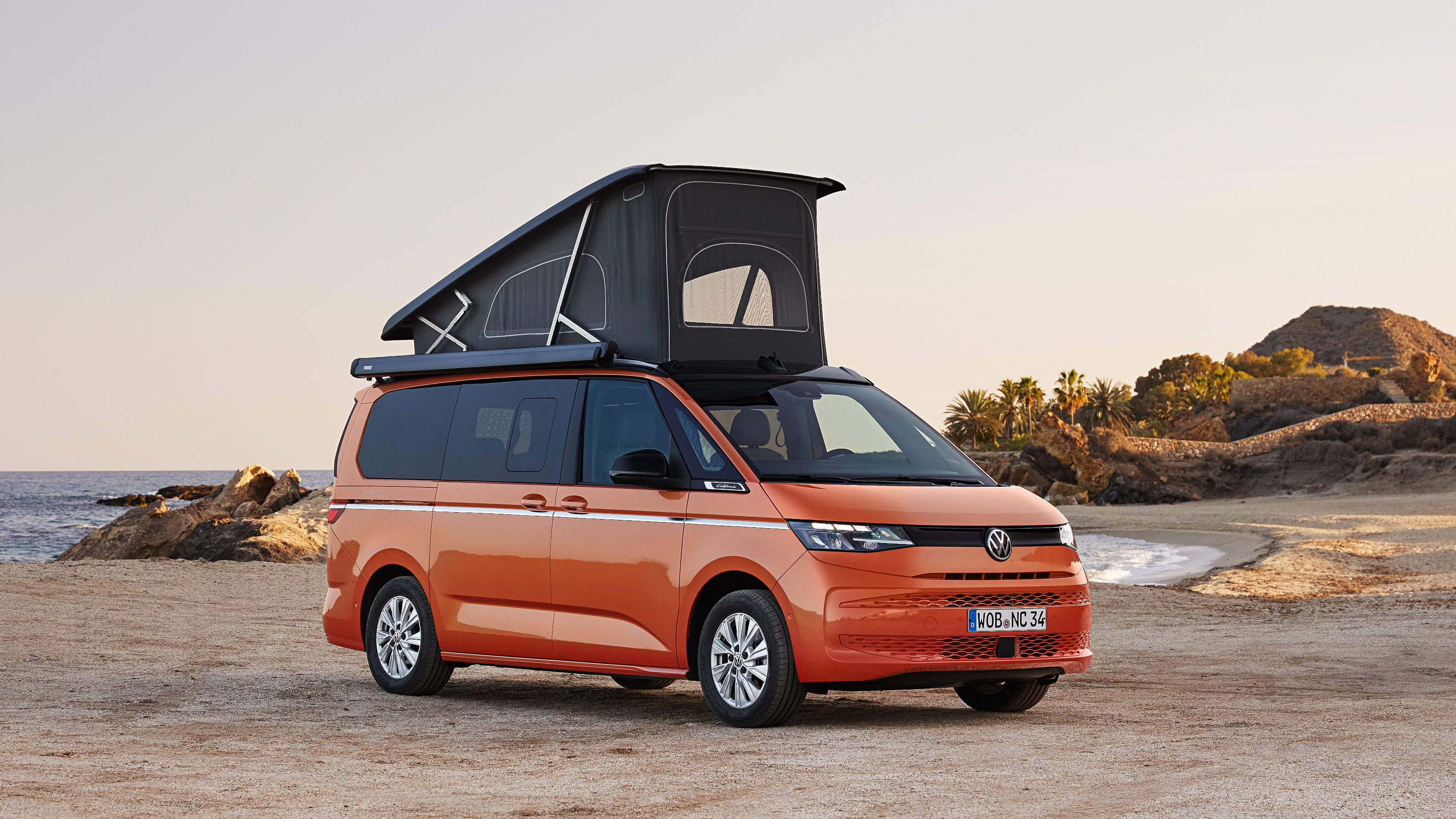 New Volkswagen California is a hybridised camper van that has it all
New Volkswagen California is a hybridised camper van that has it allThe Volkswagen New California camper van is here, the latest update to VW’s evergreen classic, bringing a larger platform, more flexibility and hybrid power for the first time
-
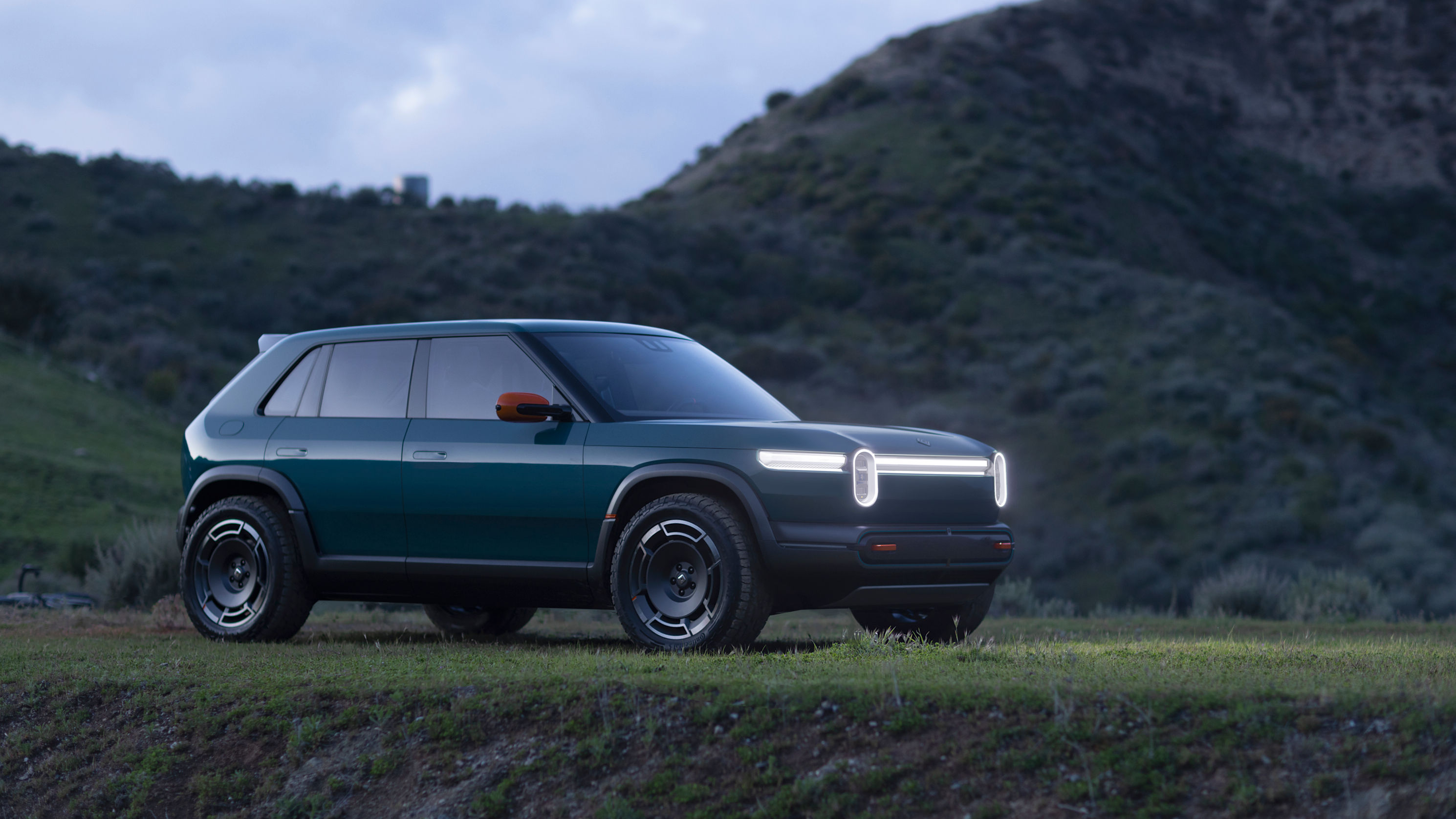 New Rivian R2 and R3 downsize a format to increase the EV company’s standings
New Rivian R2 and R3 downsize a format to increase the EV company’s standingsThe Californian manufacturer has revealed the new Rivian R2 and R3, all-electric SUVs that combine practicality with functional elegance